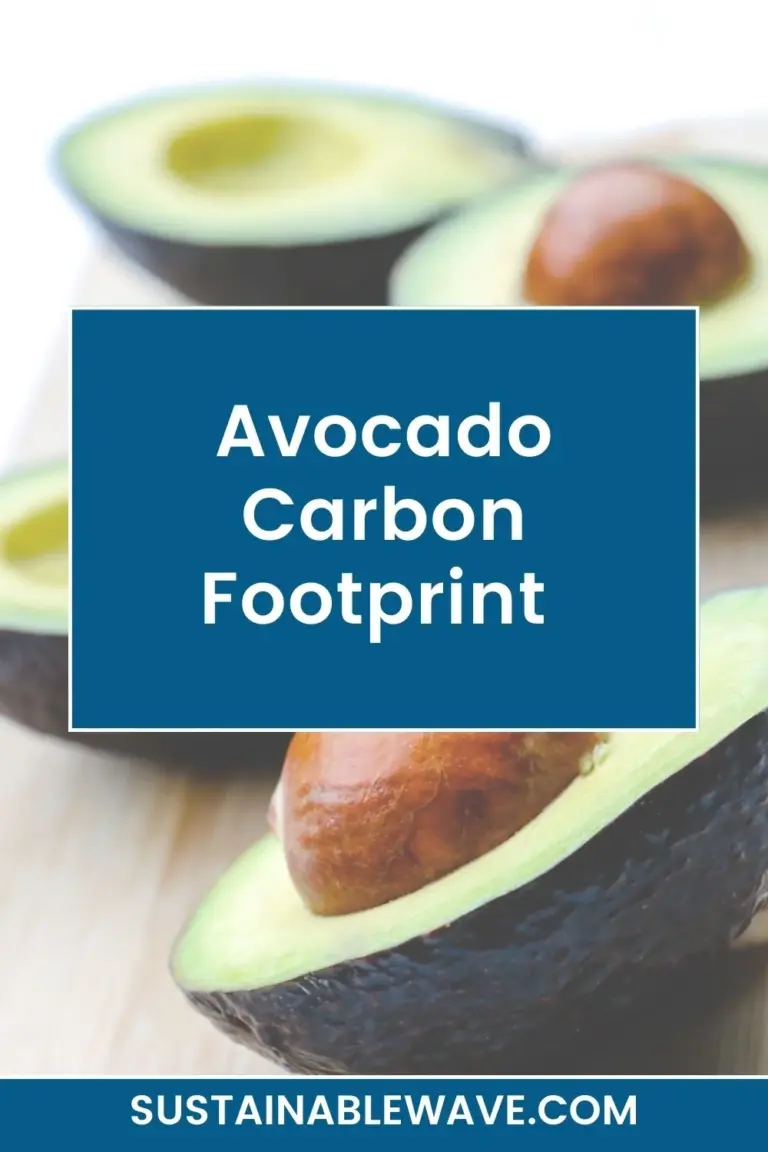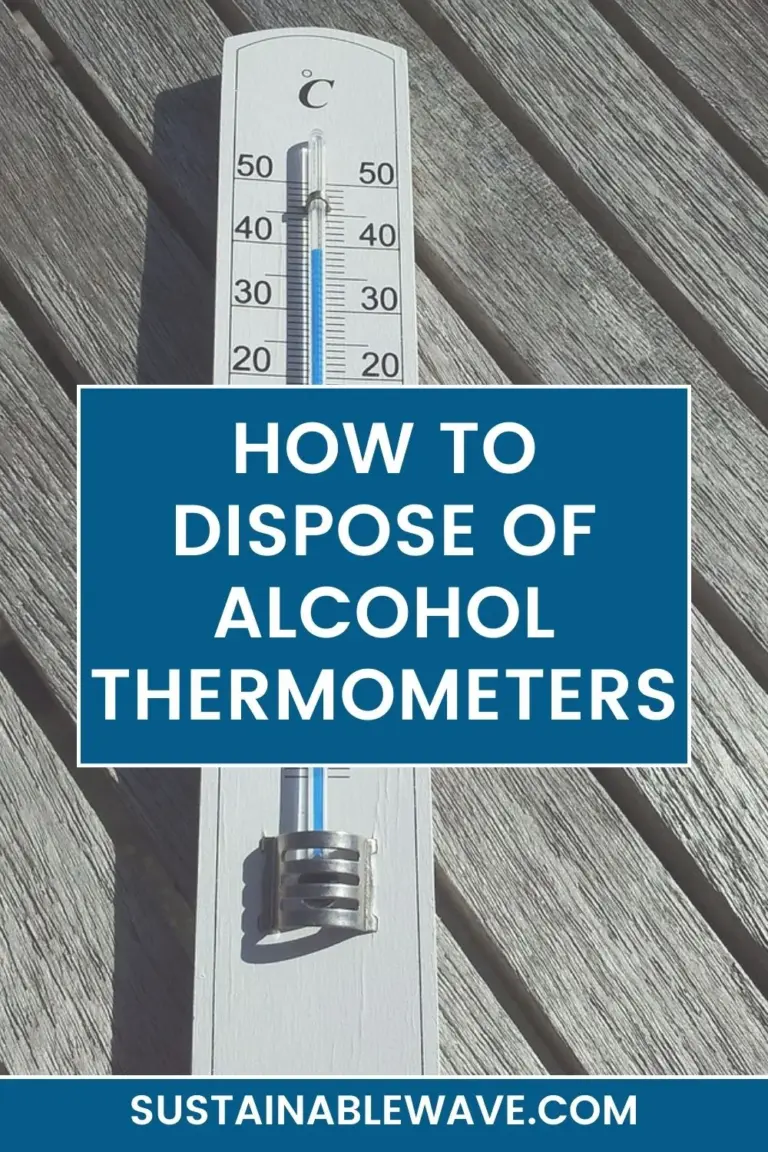Los Angeles (LA) is a city of dreams, drawing millions with its glamour, Hollywood, and golden beaches. However, beneath its shining façade lie various environmental problems.
Los Angeles grapples with environmental issues including traffic congestion, poor air quality, urban heat islands, water scarcity, and waste management challenges. These problems impact the city’s health, sustainability, and quality of life for its residents.
This article provides a comprehensive overview of these challenges and offers insights into the steps being taken to mitigate them.
The Environmental Problems of Los Angeles

Urban Heat Islands
Los Angeles, with its sprawling urban landscape and towering skyscrapers, faces the brunt of the Urban Heat Island (UHI) effect. For the uninitiated, the UHI effect occurs when urban areas experience significantly warmer temperatures than their rural surroundings due to human activities.
This phenomenon is exacerbated by dark, concrete structures that absorb sunlight and heat during the day and release it slowly at night, preventing the city from cooling down.
Another contributing factor to LA’s UHI effect is the decrease in green spaces. Trees and plants play a critical role in cooling the environment by providing shade and through the process of evapotranspiration, where they release water vapor, cooling the surrounding air. However, with rampant urbanization and infrastructure development, LA’s green spaces are dwindling.
The repercussions of UHI are manifold. Residents face blisteringly hot summers, leading to discomfort and, in severe cases, health issues like heat strokes. Furthermore, the amplified temperatures increase the demand for air conditioning, which in turn leads to higher electricity consumption, contributing to more greenhouse gas emissions.
To combat this, city planners and residents alike are working towards creating more green spaces, promoting rooftop gardens, and using reflective building materials to mitigate the UHI effects.
Air Quality Concerns
While the glitz and glamour of Hollywood give Los Angeles its shining aura, a more sinister halo often envelops the city: smog. Characterized by a foggy, hazy appearance, smog in Los Angeles is primarily a result of ground-level ozone formation when pollutants emitted by cars, industries, and other sources react with sunlight.
The city’s unique topography plays a significant role in this. Surrounded by mountains on three sides, polluted air gets trapped in the LA basin, with limited avenues to escape. This causes the pollutants to concentrate and results in the infamous LA smog.
The health implications of poor air quality are dire. From respiratory illnesses like asthma and bronchitis to more severe cardiovascular problems, the residents bear the brunt of the pollution. Children and the elderly are especially vulnerable.
Recognizing the gravity of the situation, the city has made strides in improving its air quality through measures like strict vehicle emission standards, encouraging public transportation, and regulating industries. However, the fight against smog is ongoing, requiring consistent efforts and community participation.
Water Scarcity
Los Angeles, situated in a semi-arid region, has always grappled with water scarcity. With rainfall patterns becoming increasingly unpredictable due to climate change and a burgeoning population to cater to, the city’s water woes have only intensified.
Historically, LA has relied heavily on importing water from other regions, such as the Colorado River and Northern California, through a series of aqueducts. However, with these sources also under strain from over-extraction and droughts, this strategy is becoming increasingly unsustainable.
Moreover, excessive groundwater extraction in certain parts of the city has led to land subsidence, where the ground sinks, leading to infrastructure damage and increasing the risk of flooding during rare rain events.
Addressing water scarcity is no small task. It requires a multi-pronged approach. Efforts are underway to increase water storage capacity, invest in desalination plants, and promote water conservation among residents.
Rainwater harvesting, wastewater recycling, and the use of native plants in landscaping (which require less water) are some of the measures being adopted to ensure the city’s taps don’t run dry.
Traffic Congestion

Los Angeles is synonymous with many things: Hollywood, beaches, celebrities, and, unfortunately, traffic congestion. As one of the largest cities globally, with sprawling suburbs and a car-centric culture, LA often sees its streets choked with vehicles, leading to bumper-to-bumper traffic, especially during rush hours.
The reasons behind this congestion are manifold. For starters, the city’s public transportation system, though improving, still lags behind its international counterparts. This pushes more residents to rely on personal vehicles. Additionally, the allure of the iconic “California car culture,” coupled with the city’s vastness, makes cars not just a convenience but a necessity for many.
However, the consequences of this vehicular proliferation are stark. The hours spent in traffic not only lead to productivity losses but also contribute to increased air pollution, given the emissions from idling cars. Moreover, the constant stress of navigating through congested roads can have detrimental effects on mental well-being.
Addressing this challenge requires a comprehensive approach. The city is working on expanding its metro and bus networks, promoting carpooling, and developing more pedestrian-friendly areas.
Investments in smart traffic management systems, which can dynamically control traffic lights based on real-time conditions, are also being considered. It’s clear that for LA to truly thrive, its streets need to breathe a bit more freely.
Waste Management
Like most megacities, Los Angeles grapples with the colossal challenge of managing its waste. Every day, tons of trash, from household waste to industrial byproducts, are generated, requiring efficient systems to handle, process, and dispose of them.
Over the years, landfills around LA have seen a steady influx of waste, leading to concerns about space running out. Additionally, these landfills, if not managed properly, can lead to groundwater contamination, emit greenhouse gases, and become breeding grounds for pests, posing significant environmental and health risks.
Beyond landfills, the city also contends with the problem of plastic pollution. Beaches, a major attraction, often bear the brunt of this, with litter, especially single-use plastics, tarnishing their beauty and posing threats to marine life.
The silver lining is the growing awareness and initiatives to tackle waste management head-on. The city has set ambitious recycling targets and is actively promoting a reduce-reuse-recycle ethos among its residents.
Programs to handle electronic waste, hazardous waste, and large item disposal are also in place to ensure that trash is treated and disposed of responsibly. Community participation, through clean-up drives and waste segregation at source, is crucial in these efforts.

I’m Thomas, the owner of SustainableWave. Passionately promoting a sustainable planet. With experience in various eco-roles, I’ll share green tips, sustainability hacks, and personal eco-journeys on my blog.






